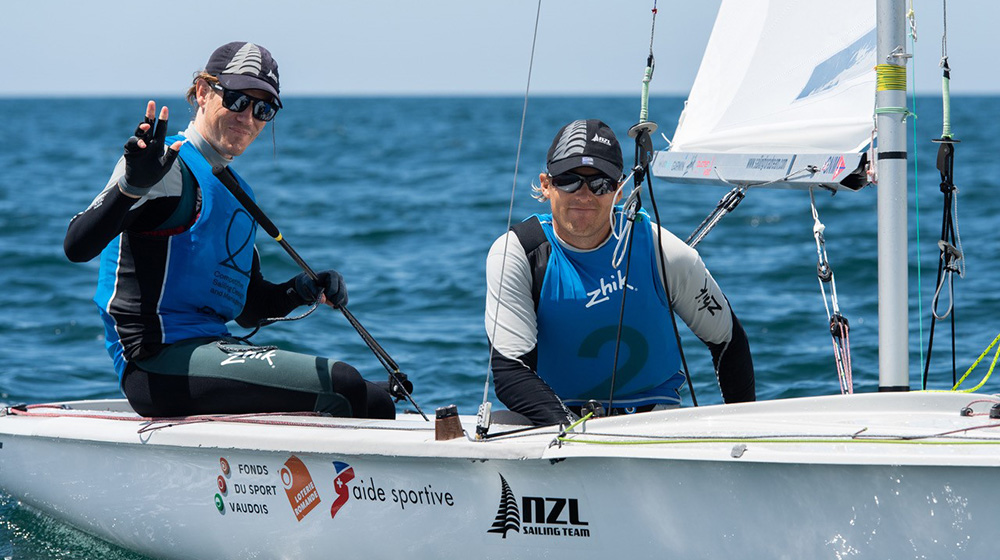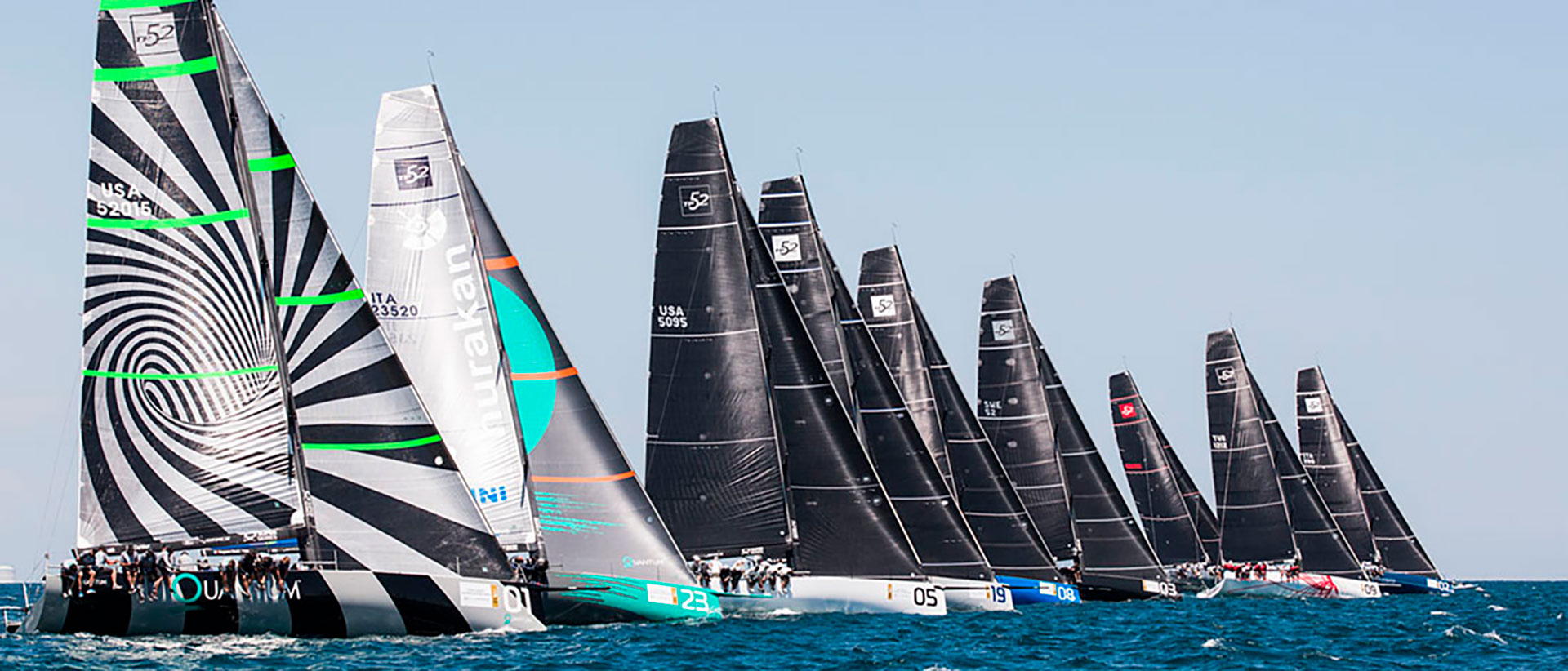
Boat keel, what is it and how does it influence navigation?
The keel of a ship is an elongated, flat structure located at the bottom of the ship's hull. It is usually made of a sturdy material such as wood or iron. The keel is commonly defined as the backbone of the ship's skeleton.
It is a fundamental part for the stability and control of the boat during navigation. The keel extends from the bow to the stern of the boat and dives into the water, providing directional stability and resistance to lateral slippage.
Functions and features:
- Directional Stability: The shape and weight of the keel helps keep the boat in a specific direction while sailing, which is essential to prevent the boat from drifting or drifting sideways due to wind or currents.
- Maneuverability: A ship's keel also affects the ship's ability to maneuver, especially the ability to turn and change direction. Careful keel design can improve the boat's responsiveness to the rudder and facilitate navigational maneuvers.
- Sway Prevention: In addition to providing lateral stability, the keel also helps to reduce the roll or sideways tilt of the boat, which improves occupant comfort and reduces the risk of seasickness.
- Draft Requirements: A boat's draft, which refers to the depth to which it dives into the water, is directly related to the keel design. A boat with a deeper keel generally has a greater draft, which means it needs deeper water to sail smoothly.
Type of keel
There are several types of keels used on different types of boats. Their choice depends on the type of boat and the specific purpose for which they are to be used.
Running keel
These are the complete part that forms an integral part of the hull, running from bow to stern along the waterline.
Fin keel
A common type of boat keel used on many sailboats and dinghies. It is a vertical level structure. Unlike the running keel, it is bolted to the bottom of the boat to provide ballast which, being smaller in dimension, gives the piece more depth.
Bulb keel
It is characterized by having a bulb, a teardrop or torpedo-shaped protrusion, at the bottom of the keel. This bulb usually contains ballast, which is a concentrated weight, and is located at the lowest part of the ship.
Wing keel
Also known as a winged keel, this is a specific type used on certain high-performance sailboats. It is a keel designed more for hydrodynamics, i.e. it gives the boat more stability when sailing.
Twin keel
Also known as twin or bilateral keel, it is used on certain sailboats. Unlike traditional keels that have a single fin, the twin keel has two fins located on both sides of the boat's hull. It is normally used on boats that will be sailing in shallow waters or are of large dimensions (cruisers).
Materials of construction
Boat keels are constructed using a variety of materials, each with its own characteristics and advantages. The choice of material depends on the type of boat, its intended use, the owner's budget and the preferences of the designer or builder.
Cast Iron: Cast iron has been a traditional material for boat keels for many years. It is relatively inexpensive and provides good weight to improve boat stability.
Lead: Lead is a dense, heavy material that is commonly used for ballast in keels. It is very effective in improving boat stability due to its high density and is usually coated with a layer of fiberglass or epoxy resin to protect the lead from corrosion.
Steel: Steel is a strong and tough material used in keels of larger, higher tonnage boats. Steel provides a good combination of strength and weight, which improves the stability of the boat.
Stainless Steel: Stainless steel is corrosion resistant and is used in some boat keels, especially in smaller boats or in special applications where corrosion resistance is crucial. However, stainless steel is lighter than lead or iron, which can affect stability in some situations.
Carbon Fiber: In high-performance boats and racing yachts, carbon fiber fins are used to reduce weight and improve performance. Carbon fiber is extremely lightweight and strong, allowing for greater speed and maneuverability, though often at a significantly higher cost than traditional materials.
In summary, a ship's keel is an essential part of its design and plays a key role in the ship's stability, steering and overall performance during sailing. A proper keel approach is crucial to ensure safe and comfortable sailing in various sea conditions.













_v2.svg)
_v2.svg)









_v2.svg)


